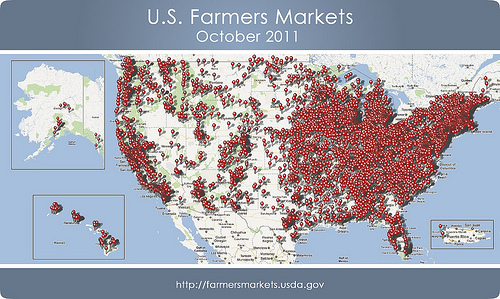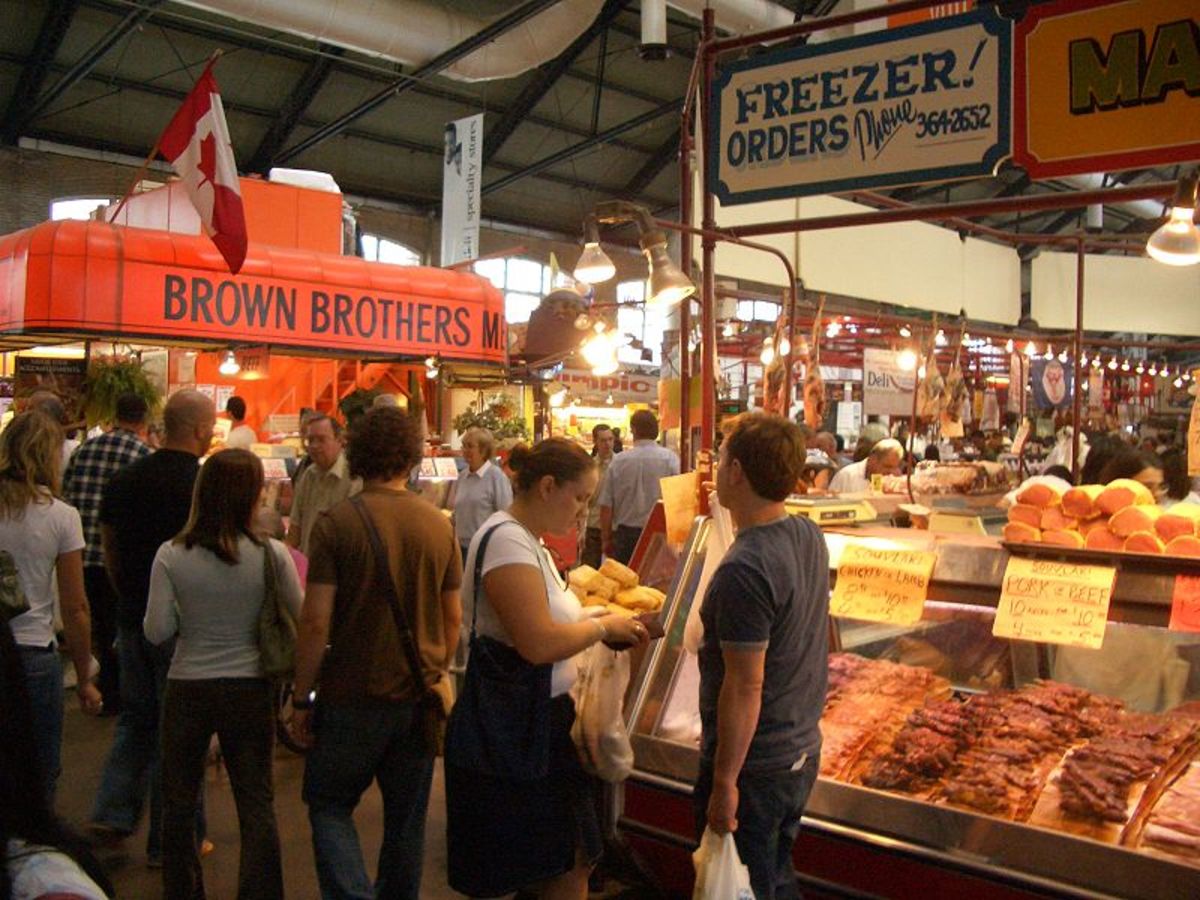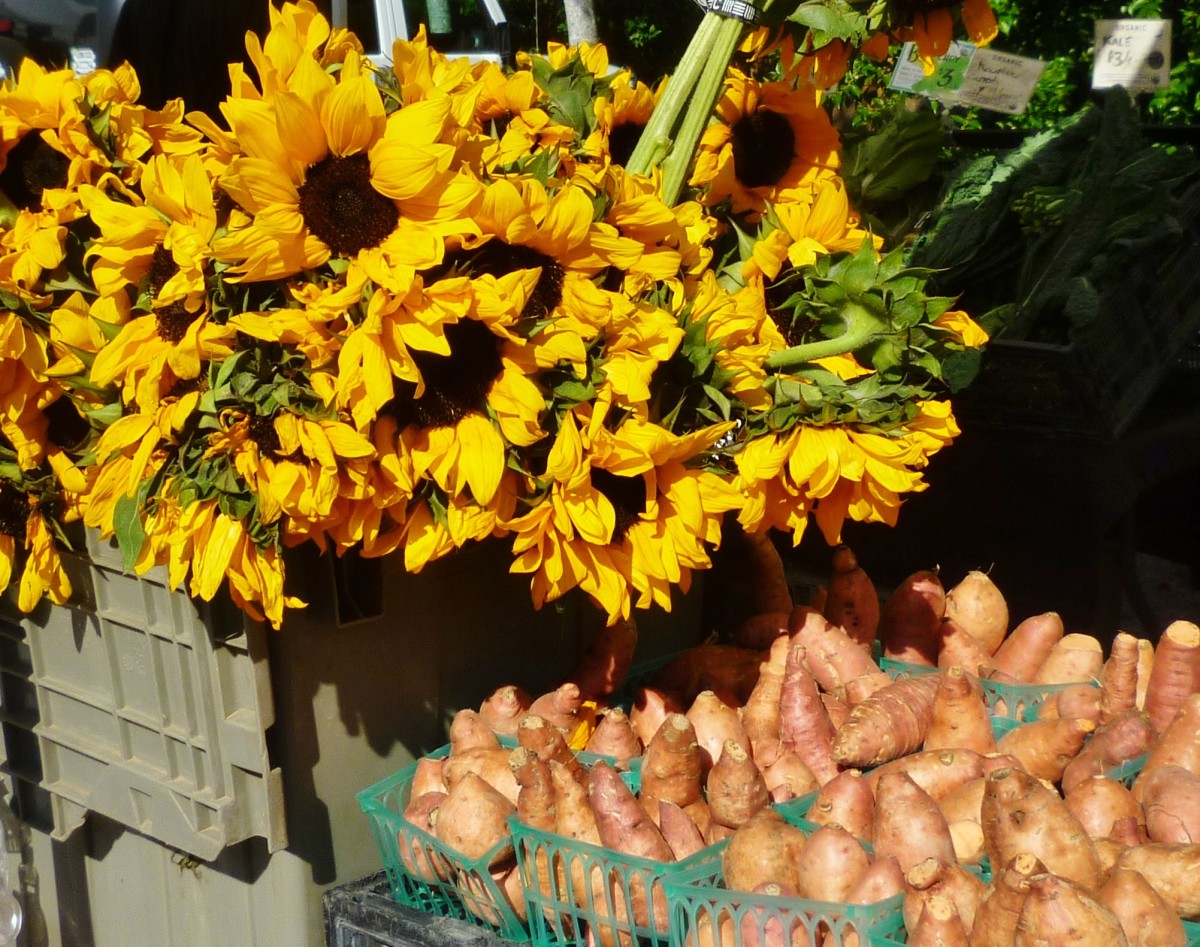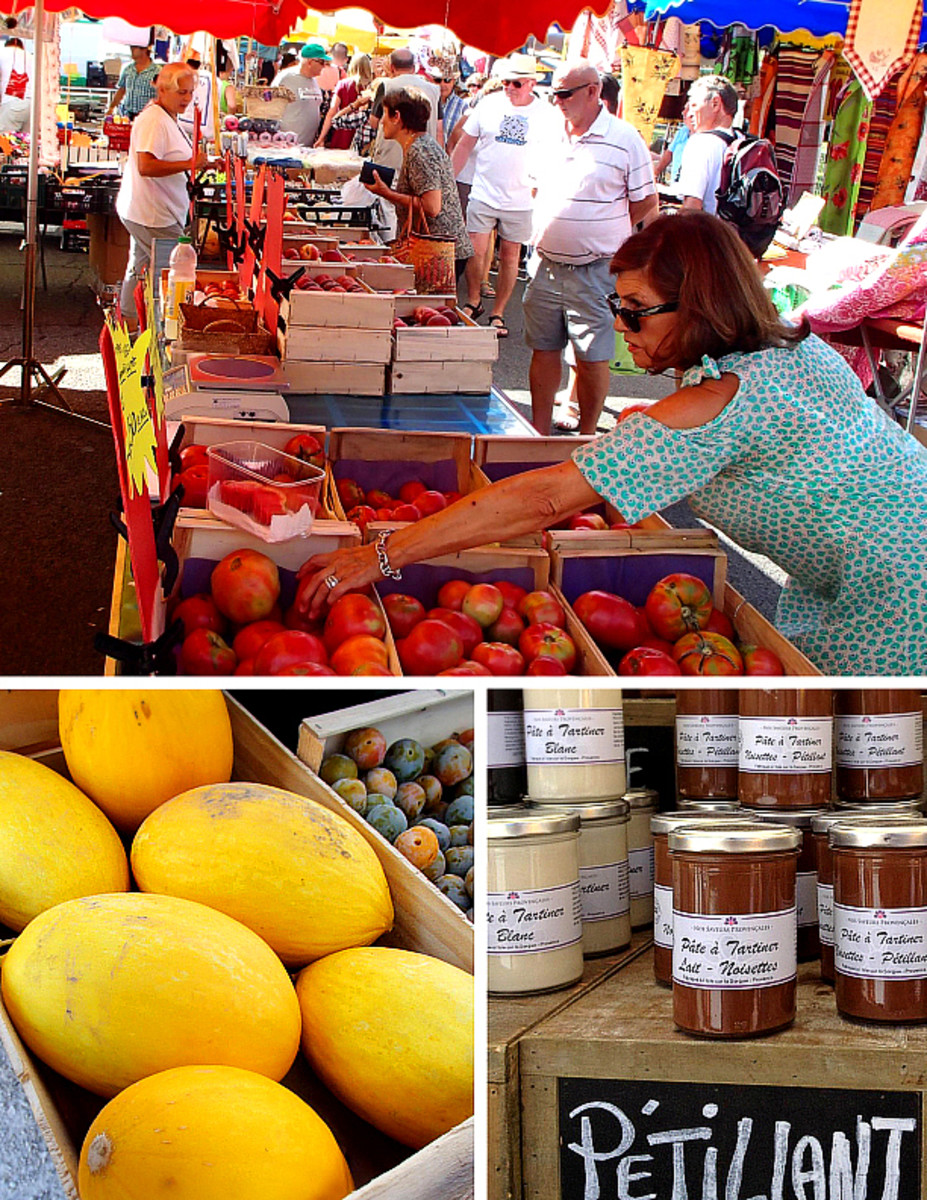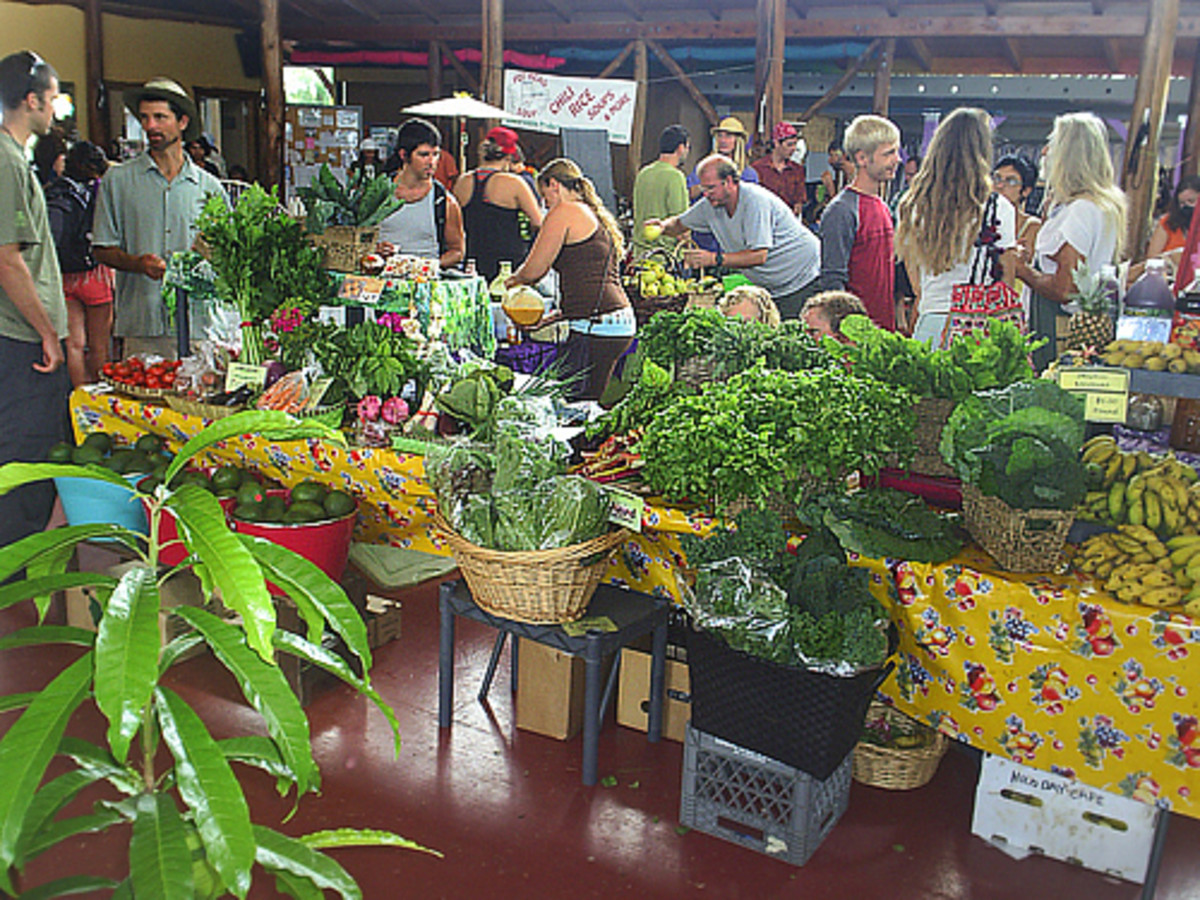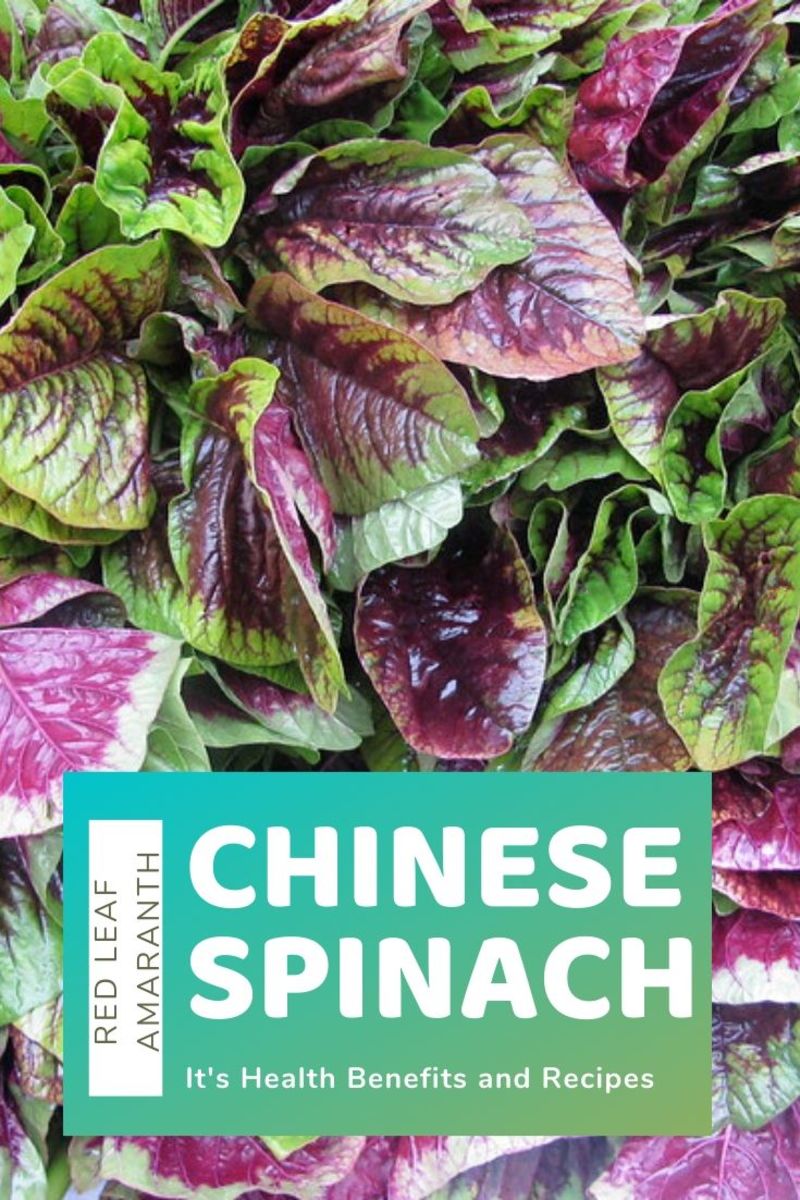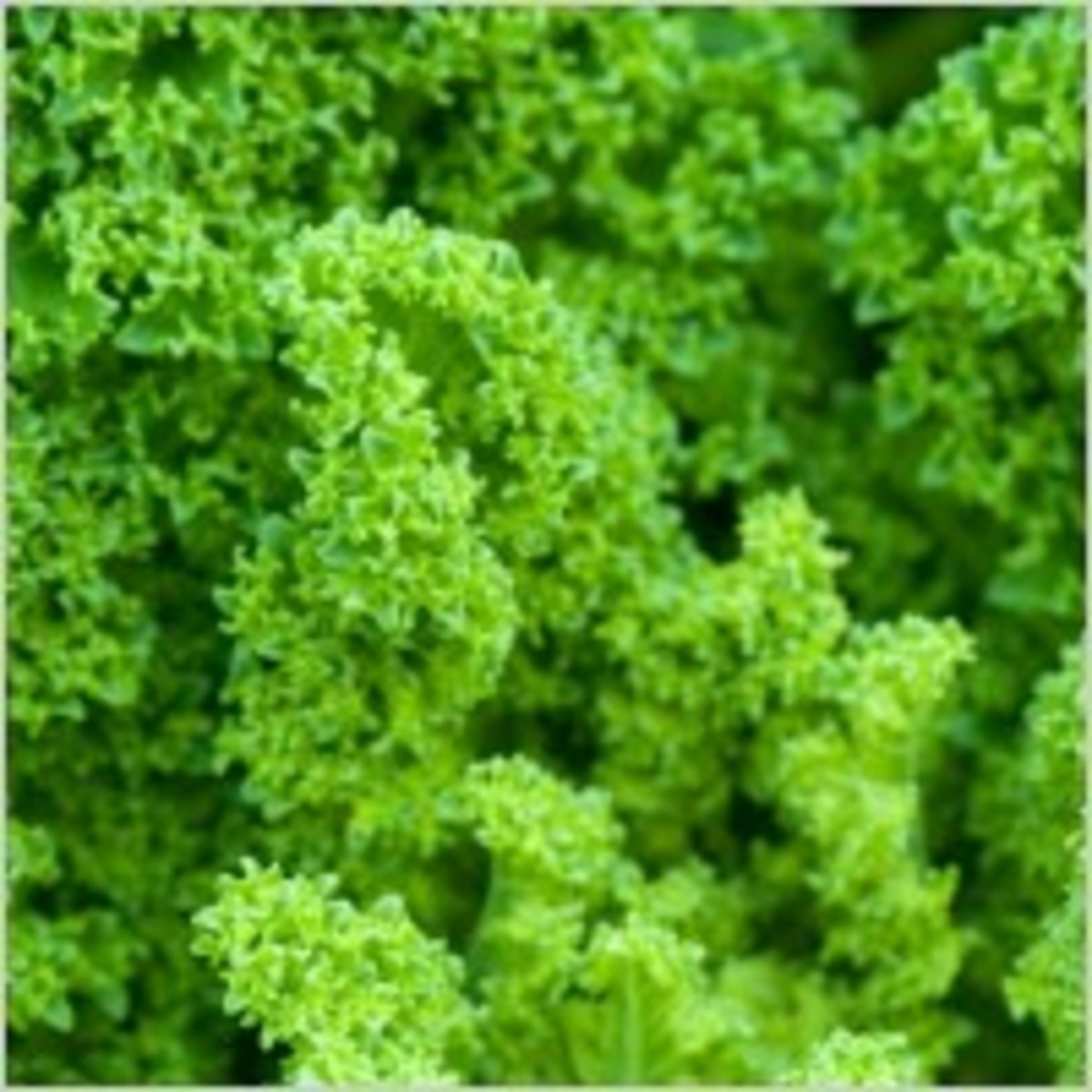America's Farmers Markets
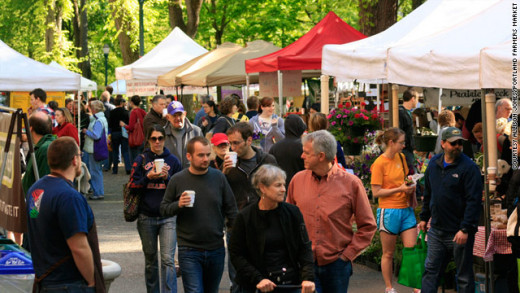
Why Shop At Farmers Markets?
Farmers market have been around for centuries in America, but have not seen a sudden growth of popularity as of now. In 2012, the USDA’s National Farmers Market Directory listed over 7,864 farmers markets in the U.S., a 9.6% increase from last year of 7,175. Americans are demanding more farmers markets in their community and are willing to drive miles to buy their produce at a farmers market. What are farmers market in high demands? Here we look at the top 5 reasons why Americans shop at a farmers market:
1. Healthy Lifestyle - Farmers markets are an integral part of the urban linkage and have continued to rise in popularity, mostly due to the growing importance in obtaining fresh produce delivery from the farm as well as a trend towards a healthier diet. Family-run farmers are not subjugated to using GMOs or pesticides on their crops as agribusiness are which makes organic produces the main factor in buying from a farmers market. Furthermore, crops that is brought to market the same day or within a day of picking gives a fresher, crisper, tastier produce.
2. Variety - Farmers market offer a variety of foods and products not found at the supermarket. While supermarket only offer a few selection of the standard apples such as Granny Smith Apples, Fuji Apples and Red Delicious Apples. Farmers market carry a variety of hard to find items such as Mendocino Apples, Fiesta Apples and Upton Pyne Apples. No longer do your need to shop at gluten free online stores for gluten-free products, farmers market offer many of these specialty foods and often time they are home-made. As well you can find an abundance of seasonal produce at your local farmers market.
3. Supporting Small Family-Run Farms - Shopping at a farmers market allows consumers to have the opportunity to develop a personal relationship with the farmers who produce the crops. Customers can ask questions about the products directly to the producer such as where it is grown, how is it produced, what type it is, and even ask for recipes and cooking suggestions. Some consumer shop at farmers market for social reasons such as protesting against corporate agribusiness practice and/or wanting to support small business.
4. Supporting American Business - Simply knowing where you're food is produced, grown and sold at gives Americans a sigh of relief. Produce not coming from China, Mexico, or any other foreign countries where food production, inspection and regulation may be lower than American's standards and could potentially be harmful. E. coli and mercury break outs tend to come from bad farming practice from foreign countries or from mass production in industrial sites. Additionally, supporting American-made/grown products helps build up the already struggling U.S. economy.
5. Saving The Planet - The amount of carbon dioxide emissions produced by the food industry is immeasurable as they emit thousands of CO2 a day. From agriculture, to animal husbandry, to cooking, to refrigeration, to packaging and to transportation, the buildup of CO2 can be potentially harmful to the earth's ecosystem. Local farmers pick their crops, package it and then go straight to their local farmers market immediately; traveling only a few miles compared to the thousands of miles that the supermarkets get their produce from. Some consumers shop at farmers market to support the practice of reducing carbon footprint and therefore the planet.
America's Farmers Markets In The 1960's
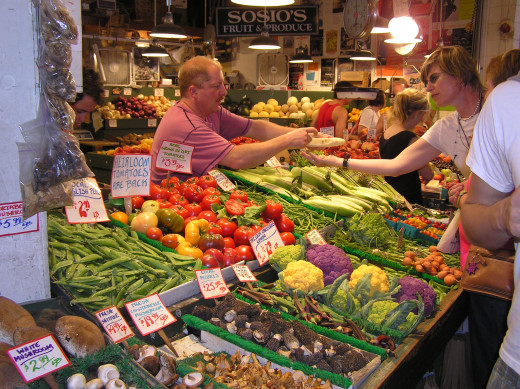
Monthly Seasonal Produce Guide At The Farmers Market
January
- Vegetables: Beetroot, red, white and green cabbages, celeriac, kohlrabi, leeks, onions, potatoes, spinach and chard.
- Fruit and nuts: The last of the English apples, pears and nuts.
- Game: Matured partridge, pheasant, mallard, pigeon, rabbit and hare.
- Fish: Brill, cod, flounder, John Dory and scallops.
- Cheese: Bonchester, Sharpham and Appleby Cheshire. From France: Bresse Bleu, Cantal, Pont l'Eveque and Roquefort.
February
- Vegetables: Brussels sprouts, Brussels tops, salsify and shallots.
- Game: Feathered game now at an end, except for varieties of wild duck. Plenty of wild rabbit and hare.
- Fish: Lemon sole and other flat fish. Wild salmon season begins.
- Cheese: Farmhouse Cheddar, blue Cheshire and Cotherstone. From France: Brie de Meaux, Tomme Arlesienne and Bleu des Causses.
March
- Vegetables:Calabrese, purple sprouting broccoli, carrots, spring greens, spring onions.
- Fruit: The first rhubarb.
- Game: Pigeon, rabbit and hare.
- Fish: Mackerel, halibut and bass. Flat fish are beginning to spawn now, so their quality declines. Wild salmon and sea trout.
- Cheese: Cotherstone, Wensleydale, Coulommiers, Comte, Banon and Roquefort.
April
- Vegetables: Spring cabbages and carrots. All winter root vegetables are now on their last legs, but the first new potatoes from Jersey are in. Leeks and the first lettuces and other salad leaves. The short morel season begins.
- Fruit: Height of the rhubarb season.
- Meat: Welsh lamb.
- Game: Pigeon, rabbit and hare.
- Fish: The first crabs, salmon trout, lobster and shrimps.
- Cheese: Single Gloucester, Double Berkeley, Beaufort and Gapron. Fresh goats' milk cheeses.
May
- Vegetables: The asparagus season. The first broad beans, spinach, sorrel and primo cabbage.
- Meat: New-season lamb continues.
- Fish: Spring lobster, haddock and prawns.
- Cheese: English soft cheeses, Sharpham, Bonchester and Wheatland. From France: Reblochon, Bleu d'Auvergne and Chabichou.
June
- Vegetables: Asparagus continues its short season. New potatoes, the first courgettes and globe artichokes, green beans, salad leaves, mange-tout and watercress.
- Fruit: Strawberries, cherries and gooseberries.
- Fish: Hake, crab, lobster, prawns, sardines and whitebait.
- Cheese: Farmhouse Cheddar. From France - Saint-Marcellin, Sancerre and La Bouille.
July
- Vegetables: Broad beans, peas, green beans, garlic, cucumbers, lettuces and salad leaves, radishes and watercress.
- Fruit: Black, red and white currants, strawberries, raspberries, gooseberries, cherries, bilberries and blueberries.
- Fish: Grilse (young salmon), plaice just beginning and squid from Scotland. The best month for crab, lobster, prawns and shrimps.
- Cheese: Goats' milk cheese from Britain. From France: crottin de Chavignol, Valenay, Saint-Remy and Tomme Vaudoise.
August
- Vegetables: New beetroots, courgettes, peppers, potatoes such as Pink Fir Apple and Ratte, sweet corn and tomatoes.
- Fruit: Plums (Early Laxton, Czar and Opal), cherries, apricots, loganberries and melons.
- Game: Grouse from the 12th onwards.
- Fish: Dover sole, grey mullet, haddock, herring, pilchards and red mullet.
- Cheese: Farmhouse Cheddar, Chaource, Valenay and Charolles.
September
- Vegetables: Salad leaves continue, sweet corn and tomatoes. Wild mushroom season begins. New-season beetroots, cauliflowers and carrots.
- Fruit: Greengages, plums, figs, blackberries, grapes, melons. First English apples - Worcester, Pearmain and James Grieve. Wild sloes, elderberries, hawthorn and rowan.
- Game: Wild duck, partridge, teal, pigeon, venison and grouse.
- Fish: Clams, oysters, mussels, pilchards, plaice, prawns, sea bass, skate, turbot and Dover sole.
- Cheese: Farmhouse Cheshire, double Gloucester, Carré de l'Est, Brie de Meaux and Boulette d'Avesnes.
October
- Vegetables: Cèpes, chanterelles and a great range of other fungi - parasol, oyster, blewits, horse and field mushrooms. Broccoli, autumn varieties of cabbage, marrows and squashes, potatoes and young turnips.
- Fruit and nut: Fresh walnuts, sweet chestnuts, hazelnuts, Kentish cobs, quinces, crab cooking and eating apples and pears.
- Game: Pheasant, woodcock, partridge, grouse, guinea fowl, hare and mallard.
- Fish: Brill, cod, Dover sole, mussels, oysters, squid and turbot.
- Cheese: Caerphilly, Vacherin, Gruyère and Cabrions de Macon.
November
- Vegetables: Parsnips, turnips, beetroots, red and Savoy cabbages, carrots, cauliflowers, celeriac, celery and leeks.
- Fruit and nuts: Apples, pears, quinces, medlars, almonds, chestnuts, hazelnuts and walnuts.
- Game: Pheasant, partridge, mallard and grouse. Hare and wild rabbit.
- Fish: Halibut, herring, sea bream and sprats.
- Cheese: Ribblesdale, Saint-Nectaire and Caprice-des-Dieux.
December
- Vegetables: Brussels sprouts, curly kale, Jerusalem artichokes, leeks, garlic, pumpkin, swedes, chard and spinach.
- Fruit and nuts: Much the same as November.
- Game: The same as November, plus goose.
